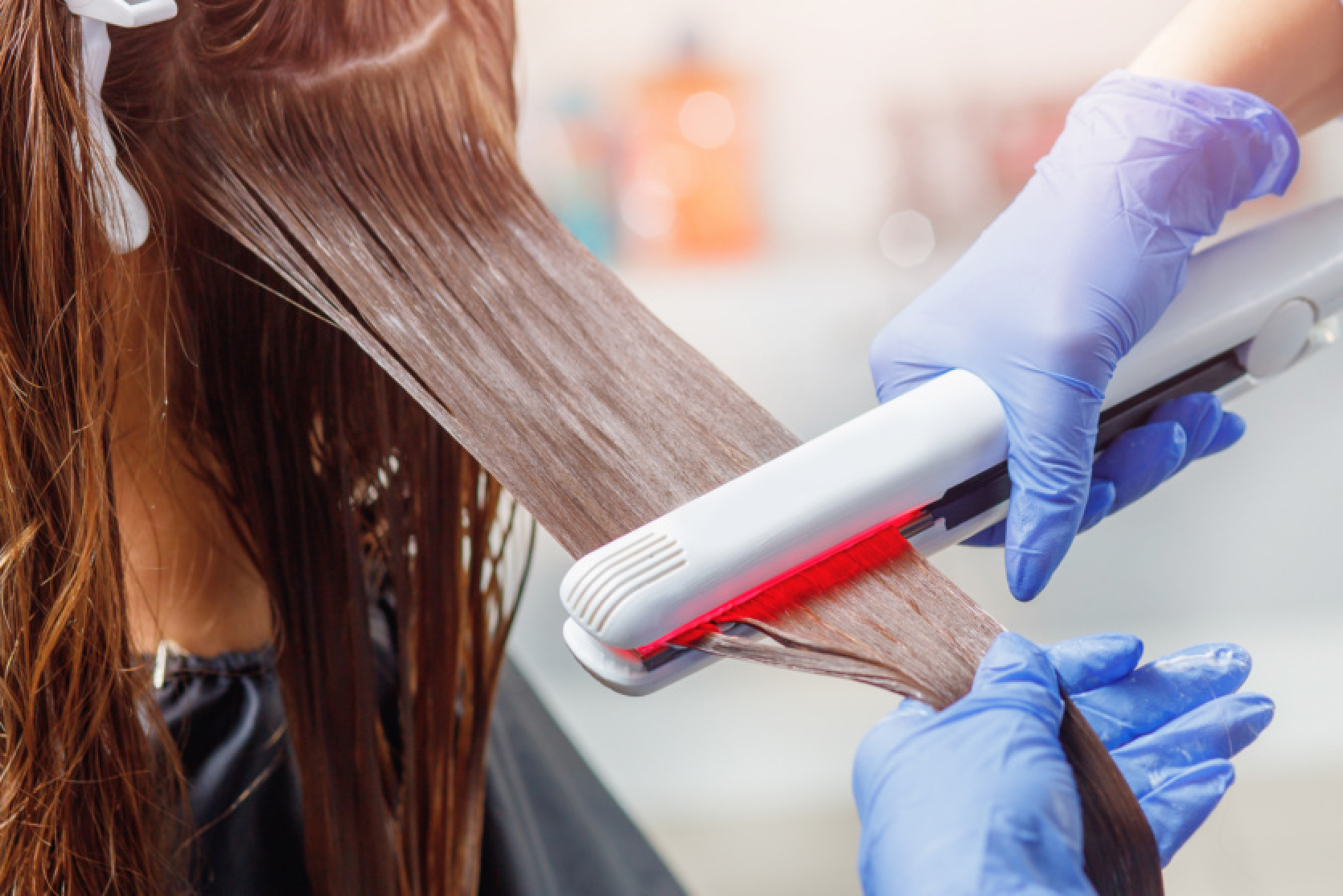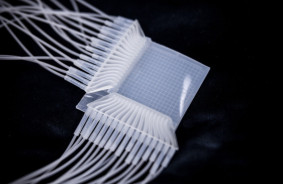It is expected that at the end of April, the US Food and Drug Administration (FDA) will ban the use of formaldehyde in currently popular hair straightening products, however, experts say this is "not enough".
Formaldehyde (formalin or methylene glycol in liquid forms) is a known human carcinogen, which is associated with various types of cancer (such as leukemia or nasopharyngeal cancer) with prolonged use or use in large quantities. The substance can also cause respiratory problems - including the onset and exacerbation of asthma in adults and children. It is also believed that formaldehyde potentially increases the risks of fertility issues and miscarriages.
As an active ingredient, formaldehyde is already prohibited in Brazil, Canada, and the EU - but it is still widely used in hair straightening products in the US. Currently, according to the New York Department of Health, there are more than 150 products on the market containing formaldehyde. At the same time, experts believe that the expected FDA ban is not enough to make such products safe, as reported by Live Science.
How does formaldehyde manifest in hair straightening products?
During procedures, specialized products are heated, and the substance is released into the air as a vapor - both clients and the master can experience skin irritation, burning eyes, or coughing. These are short-term symptoms - long-term effects were mentioned above.
At the FDA, customers are advised to ask masters about the composition of hair straightening products or check the labels themselves for mention of formaldehyde or its alternative names. However, since formaldehyde is formed in the process - it may not be mentioned in the ingredients list. Pay attention to names such as: timonacic acid, dimethoxymethane, decamethyl-cyclopentasiloxane (they release formaldehyde when heated and may also be banned in the US in the future).
Not just formaldehyde
Glyoxylic acid is often positioned as a safer alternative to formaldehyde - but in some unofficial reports, it has also been linked to kidney damage. At the same time, the substance is actively used in the production of flavorings, perfumes, and pharmaceuticals.
"There may be chemical substances for which we actually do not have enough health information [in certain contexts], and people apply them to their heads," says Tracy Woodruff, director of the Program on Reproductive Health and the Environment at the University of California, San Francisco.
Some hair straightening products, which usually do not contain formaldehyde, have nevertheless been associated with cancer, such as uterine and ovarian cancer, says Jasmine MacDonald, associate professor of epidemiology at Columbia University. Separate studies have shown that these products may contain heavy metals, as well as phthalates and parabens, which can sometimes disrupt human hormone function.
In fact, the ban is primarily aimed at protecting the masters themselves, who are more exposed to prolonged formaldehyde exposure than others. The FDA's decision may also set a precedent for the elimination of other chemicals of concern - for example, those used in chemical hair perms.
"A person does not necessarily need to be informed, for example, that formaldehyde is a carcinogen. A safe default choice should be created for them," MacDonald said.














Comments (0)
There are no comments for now